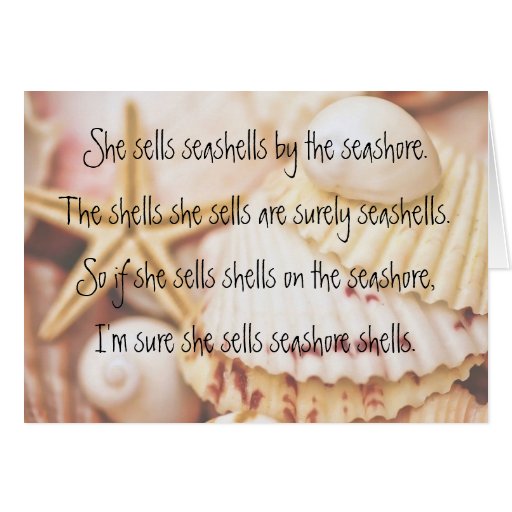El pasado simple de todos los verbos regulares termina en -ed. Por ejemplo:
work --- worked
listen --- listened
dance --- danced
study --- studied
We can pronounce the ending -ed in 3 ways - / Id / or / t / or / d /
Podemos pronunciar el -ed final de tres maneras: /id/ o /t/ o /d/.
In the following chart you can see different examples:
En el siguiente cuadro puedes ver diferentes ejemplos:
If the base verb ends in one of these sounds:
|
example base verb*:
|
example
with -ed: |
pronounce
the -ed: |
|
unvoiced
|
/t/
|
want, visit,
repeat, start
|
wanted, visited,
repeated,
started
|
/ Id /
|
voiced
|
/d/
|
end, need,
land
|
ended,
needed,
landed
|
|
unvoiced
|
/p/
|
hope, stop
|
hoped, stopped
|
/ t /
|
/f/
|
laugh
|
laughed
|
||
/s/
|
fax, miss
|
faxed,
missed
|
||
/ʃ/
|
wash, wish
|
washed,
wished
|
||
/tʃ/
|
watch,
touch
|
watched,
touched
|
||
/k/
|
like, ask,
work
|
liked,
asked, worked
|
||
voiced
|
vowel sounds and voiced consonants sounds
|
play
|
/ d /
|
|
allow
|
allowed
|
|||
beg, love
|
begged,
loved
|
|||
Note: it is the sound that is important, not the letter or spelling. For example, "fax" ends in the letter "x" but the sound is /s/; "like" ends in the letter "e" but the sound is /k/.
Nota: lo que importa es el sonido no la letra o cómo está escrita la palabra. Por ejemplo, "fax" termina en la letra "x" que suena como una "s"; "like" termina en la letra "e" pero el sonido final es "k".
Click on the following links to watch some videos on the different pronunciations of the past simple.
Pronunciation / t / Pronunciation / Id/ Pronunciation / d /


